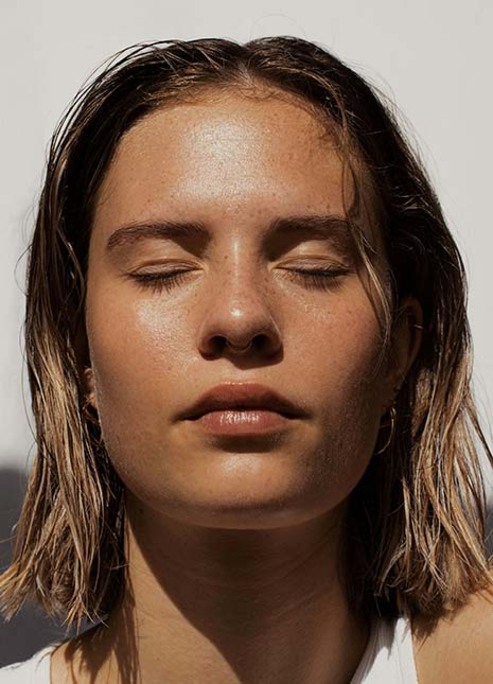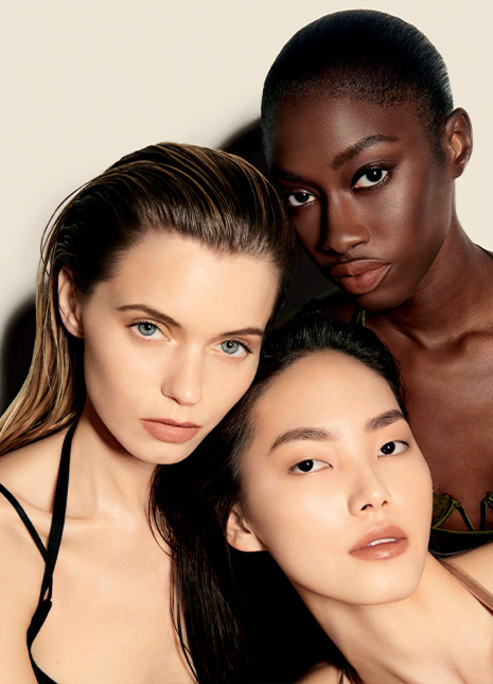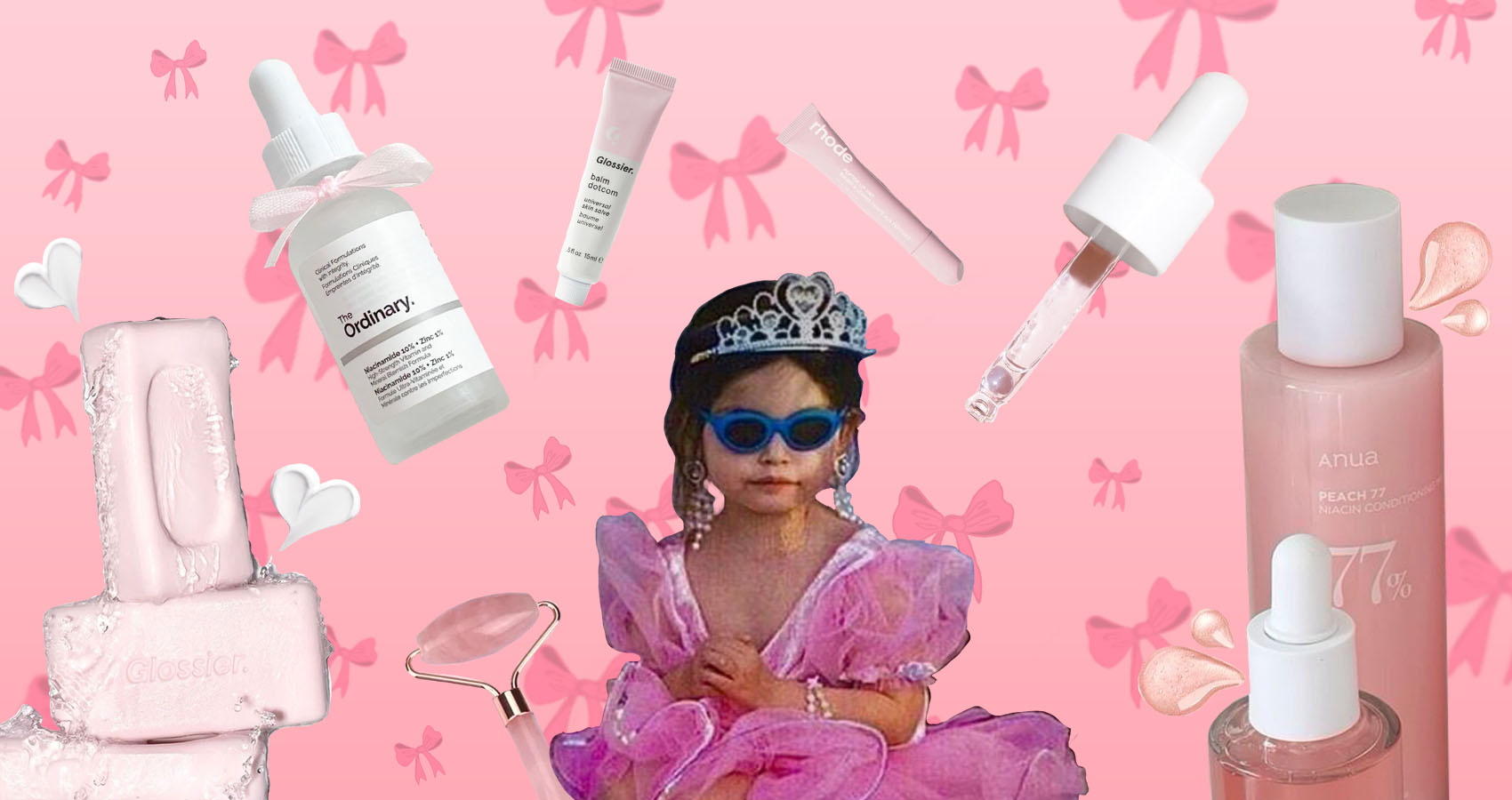
Dolls Are Out, Skincare Is In
How children are replacing toys with beauty products.
At first, I thought it was only my cousins who were maybe a little too worried about skincare and beauty products. After a while, I had this unusual feeling when seeing my ‘goddaughter’ and her friends talking about how many facial masks they wanted to try as well as haul videos they would record about them on TikTok… But then, I realized that it wasn’t about half a dozen kids, other than a true phenomenon of an increase of younger girls shopping at places like Sephora and sharing their makeup or skincare routine on social media.
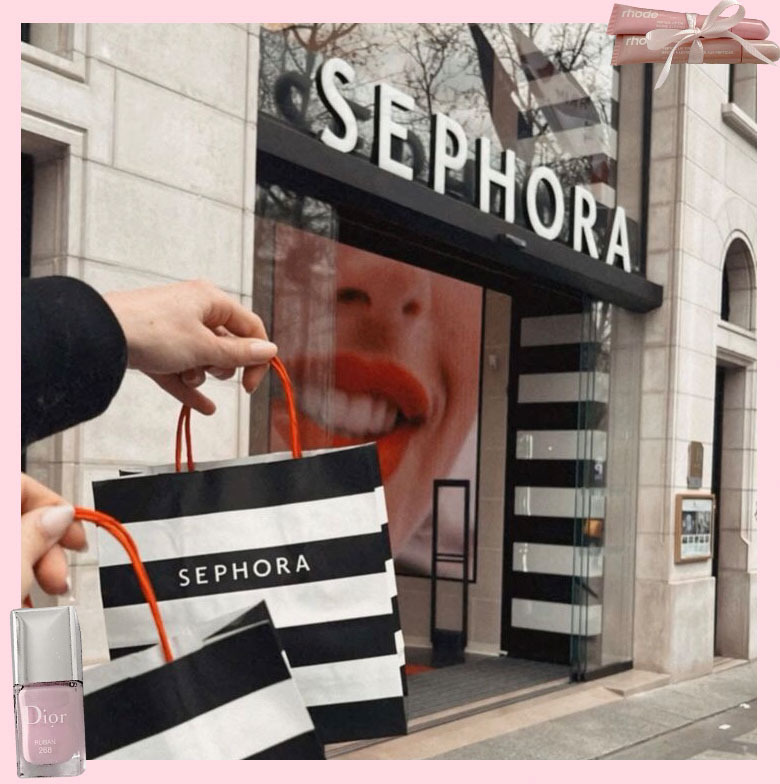
What happened, not so long ago kids used to ask for dolls for Christmas rather than cosmetic products. Suddenly, I felt like Samantha in Sex and the City, when she comes across much younger girls trying to mimic adult roles as a way to look cooler.

After research, I could see that the dimension of this subject is greater than it may seem, despite its constant attempt to normalize it through social networks such as Instagram or TikTok. According to Statista Market Insights, the increase in the consumption of beauty products by children has led to a reality in which companies in this industry have started to invest and consider them as a target audience, since their purchases extend beyond the walls of Sephora stores around the world, but also make them online.
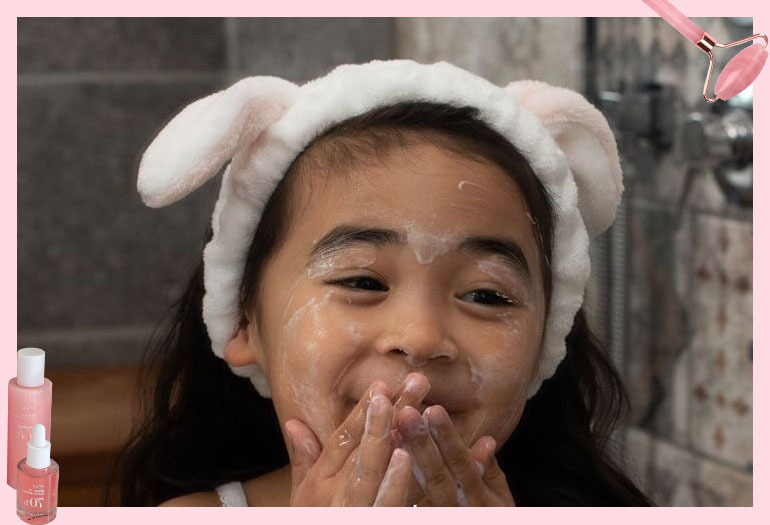
From the same study, it could be concluded that this phenomenon will drive the baby and child skincare market at an annual increase rate of 7.71% until, in 2028, it reaches $380m (approximately €352m) in market volume worldwide.
Since this is a potential market, companies are investing more than ever. But at what price? I believe the associated problem should not focus on how the behavior of the beauty industry manifests itself, but on why.
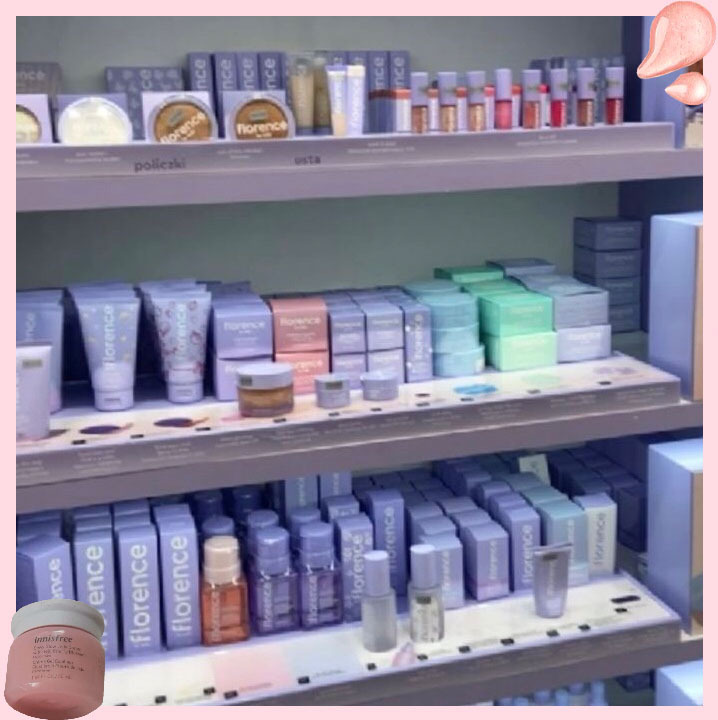
Part of this is perpetuated by the “Sephora Kids”. CBC News defines them as children who shop at beauty stores, and sometimes post videos of their skincare and makeup routines online. It is impossible to disassociate this issue from the use of social media by children without discernment or monitoring by their educators.

I don't want to say that my time was better, simply because it was, or something like that. But it's inevitable to compare that when I was a child, my shopping desires were different. I liked to wear my mother's clothes and makeup in secret, but not enough to go to a beauty store. I wanted to buy the products without knowing what they were about, fiddling with them, and being rude to the employees of that store. It may seem unreal, but the hashtags #sephora or #sephorakids on TikTok exceed 300 million views as they reveal this conflict in full force, adults complaining about kids wasting samples and showing messed-up stores by under 12-year-old girls.

Purchase decision involves deliberation about what is or is not worthwhile, as well as a brief research. The current rise of the beauty industry geared toward the interests of a younger but still immature audience does not allow for stable decisions in the long term. Therefore, it perpetuates consumerism and the growth of this industry because new trends and changes in choices constantly come out, putting the industry at the mercy of a public who doesn't know what is behind their "choices" and putting children and teenagers under an industry that, because of its economic necessity, perpetuates beauty standards and creates unnecessary needs.

The purchases of products with no idea about what they do and their usefulness has been causing unnecessary damage such as rashes, allergic reactions and even skin burns and perhaps the biggest one, impacting on children's self-esteem.

Especially after the pandemic, we have witnessed an increase in the self-care narrative associated with skincare and beauty products, as if self-love and health justified following so many launches of new products and trends. It was innocent to think that this premise would not fall on children who, like adolescents and adults, were impacted by the pandemic and have been increasingly exposed to social media content.

I remember Kim Kardashian's daughter, North West, who posted a video in 2022 of her skincare morning routine, even though she was nine back then. Among the compliments, the hate, and the subsequent videos on her account, it is clear that the video has had a significant impact on other young girls, not because she was unaware of what she was putting on her face or because her followers stand for self-care, but rather because the need to follow the trend was created and linked to the purchase of those products.

Nevertheless, if sales are increasing and childhood decreasing, how could this phenomenon be resolved? Everything is about moderation. We can’t say anymore that children should be forbidden to use social media, because it is not a reality for all families to have them busy all the time in order not to access it.

From this, some ways to get around this situation of skin addiction and "anti-aging" emerge with educators monitoring the use of social networks, talking to children to show them that personal value is not associated with constantly buying products to fit into a niche or group of friends, as this becomes overwhelming, which can generate avoidable anxiety.
In a broader scenario, there could be more awareness campaigns in schools, for example, showing the impacts of children's long-term misuse of beauty products

In the same way, it is important to understand that this phenomenon is not only a change in generational behavior, but that it is negatively impacting individuals still in formation, since they are easily influenced.



